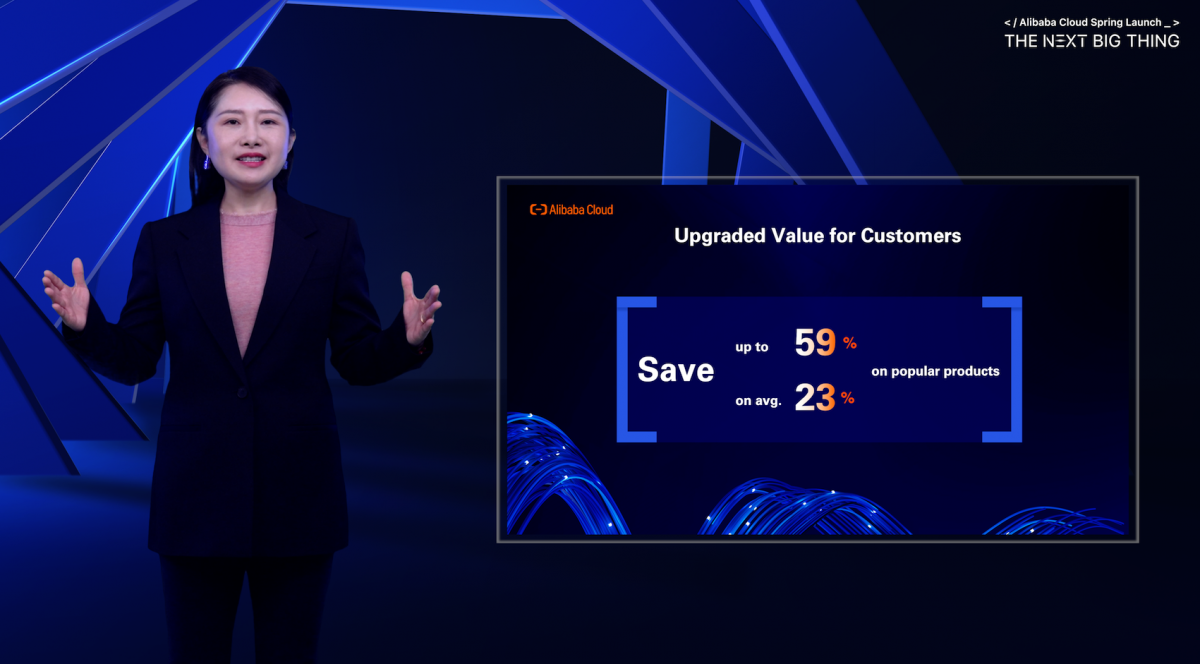
Online retail giants like Amazon.com have a secret weapon to help them maximize their sales: Big Data. Their huge volume and sophisticated I.T. infrastructure allows them to track almost everything their customers do when they shop online, gathering an exhaustive amount of detail that they can parse in order to forecast product demand, improve marketing results, manage inventory and generally make better business decisions.
Small merchants will never be able to capture the same level of information about their customers’ habits, but data analytics is no longer the preserve of megastores. If you use shopping cart software to run your business the chances are you already have an analytics function under the hood. And if you built a website from scratch you can quickly and easily add analytics by signing up for a separate service—some of which are free.
So don’t just concentrate on your storefront, take a look around the back of the shop, too. Here are several ways analytics can teach you more about your website’s visitors—and help you turn browsers into buyers.
1) KNOW WHERE YOUR CUSTOMERS COME FROM . . . Understanding who your customers are can help you make better decisions about your brand strategy and how—or where—to spend your marketing budget. While much of the data captured by web analytics is anonymous, you can see some basic demographic information (such as estimations of gender and age based on the visitor’s browsing habits) and where they are located. You can’t check whether a customer is local or regional, but can separate domestic traffic from international arrivals. If, like David Hasselhoff, you’re surprisingly big in Germany you can spend time cultivating that customer base, perhaps ensuring your website sprechen sie deutsche.
2) . . . AND WHERE THEY JUST CAME FROM. You’ll also be able to see the final step every visitor took to reach your store, whether they came direct or via a search engine, followed a link on another website, or clicked on one of your online ads. This is valuable information. A lot of direct traffic suggests your brand’s profile is strong and customers either type it directly into the address bar of their browsers or have you bookmarked. If search is driving most of your traffic you may want to invest in Search Engine Optimization to increase your page ranking, or trial a search engine marketing campaign—paying to appear next to the keywords your analytics program shows customers already use to find you. If you’re already spending money on advertising but are getting more traction through referrals from a particular blog or social media platform, consider engaging with that community directly, rather than throwing away good marketing dollars blindly.
3) TEST AND IMPROVE YOUR WEBSITE. Website analytics can be undeniably nerdy, so business owners seldom look beyond headline traffic levels. But understanding key metrics can provide you with valuable business intelligence, revealing the strengths and weaknesses of your current website design and empowering you to make changes based on data rather than gut instinct. For example, webmasters check which software programs visitors use to access your site, so they can test how the site performs on the most popular browsers. Similarly, if an increasing share of your site traffic is coming from mobile devices it might justify a site redesign, or even the development of a dedicated mobile app.
Other metrics tell you how customers react to your site, a measure of usability that might be influencing your sales figures. If first-time visitors make up a high percentage of your traffic, it might be the case that you are drawing traffic but few repeat customers. A high “bounce rate” (a measure of the number of visitors who view one page and leave immediately) indicates people are either not finding what they were looking for or are unsure where to go next on your store. You may need to redesign your pages to make them more navigable or relevant. By seeing which pages work and which don’t you can gradually improve the stickiness of your site, boosting the time customers spend shopping.
4) UNDERSTAND WHY PEOPLE AREN’T BUYING.Site design is not an end in itself but a means to maximize sales. A key piece of data for e-commerce stores is the conversion rate, which shows how many visits end in a sale. All your design changes should be geared toward maximizing this rate. That way you can focus on your business, confident that when customers land on your website they’ll be funnelled smoothly from the storefront through to the checkout.
Analytics can help you track how many customers put items in their shopping carts but never make it to checkout—and at what step in the payment process they give up on their purchase. A high number of abandoned carts might indicate that your products and pricing are sound but your payment process needs fixing or the range of payment methods you offer needs to be broader.
Analytics can’t tell you exactly what the problem is, but can give solid clues. Exit pages, the last page a visitor looks at before leaving, can be revealing. If your shipping costs page causes people to log off, perhaps it’s time to rethink your delivery fees. If customers visit your customer support section before heading for the exit, better service could be the answer. If product pages feature highly then you might need to improve your product listings—or sharpen your pricing.
E-commerce analytics also reveal how long it takes a customer to complete their purchase, including whether they made multiple visits. If they come and go several times before finally checking out you may want to go back to your traffic analysis and work out whether your site design is making shopping harder than it should be.
5) TRACK YOUR SALES. Beyond technical website metrics, analytics software can track e-commerce data to reveal detailed information about how well your business is performing. By analyzing which product lines are selling—and how much revenue they generate—you can see which are best suited to your customers and plan your promotions or manage your inventory accordingly.
You can also view the amount of revenue or number of products in an average sale. If you can get paying customers to add extra items to their basket by offering shipping discounts or cross-promoting products, you can potentially boost your bottom line at a lower cost than acquiring new customers.
6)COMPARE ONLINE AND OFFLINE EVENTS. Online analytics can be reconciled with what you’re doing in the offline world: spikes in traffic, a fall in the conversion rate, or a jump in visitors from another country looked at in context to see whether they align with real world events. That tells you whether your ad campaigns, trade show appearances, site outages, competitors’ promotions and so on had a measurable impact on your business. If you see sales of some or all of your products following seasonal trends you can also use that data to make predictions about future sales, plan inventory levels and schedule marketing campaigns to coincide with the peaks or compensate for the troughs.
7) PERSONALIZE YOUR SERVICE
Much can be achieved with free software tools, such as Google Analytics, which is the clear market leader. For a price you can take things further using specialist e-commerce analytics, such as KISSMetrics, which treats visitors less like numbers and more like customers. Each registered customer gets their own profile, tracking their shopping habits across multiple devices and enabling you to dig back through their past visits. That opens up a new world of possibilities, including a more personalized level of service and more targeted marketing campaigns as you engage with power users and big spenders more directly. When it comes to Big Data, no piece of information is too small to make a difference.




